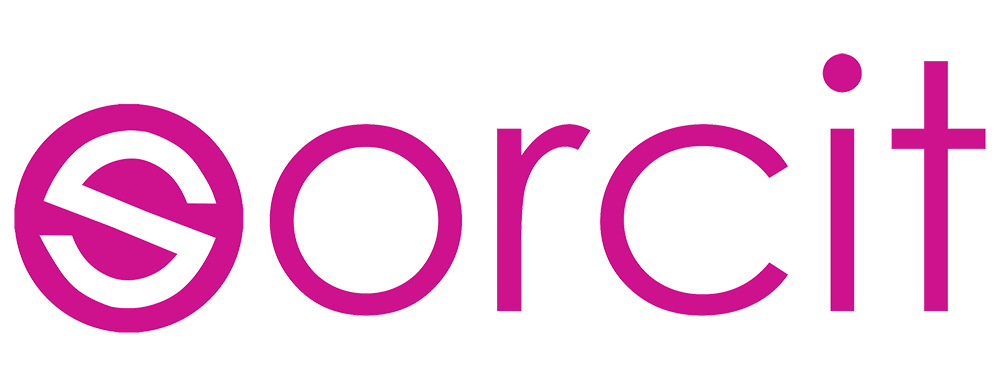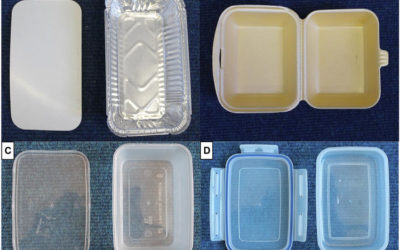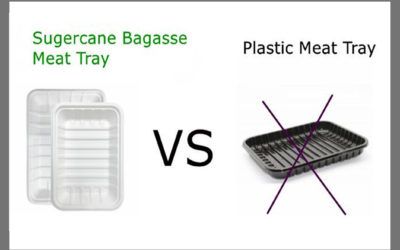Cork is one of those materials you might not think of straight away, but it’s been used for centuries in one form or another, and it’s been rediscovered by those hoping to start eco friendly revolutions across the globe. You’ll find it in products as diverse as aprons, magnetic white boards and rucksacks, so how does cork make its way from trees into the things we use everyday and, more importantly, what makes it so versatile as an eco material?
How Cork Becomes a Usable Material
We’re used to seeing cork in its more natural form and we might picture it stopping up bottles or being used as a noticeboard. But how does cork get from trees into our eco supply chain?
Cork can only be harvested from the bark of the cork oak tree, but the great thing about harvesting cork from this tree is that it doesn’t destroy the tree. Once one of these trees is twenty-five years ago, it can be sustainably harvested every nine years.
As for its ecological footprint, harvesting from sustainable sources obviously keeps carbon dioxide battling trees in the ground. Cork’s also one of those materials where waste can be truly kept to a minimum. Once the manufacture of an item is complete, any leftover cork waste can be reused and ground to make other cork products, making it the ideal material for companies looking for sustainable manufacturing options.
Benefits of Working with Cork
We’ve already discussed the ecological benefits of using cork to manufacture a variety of products, but that’s not the only plus side about working with cork. It’s also:
- Versatile
- Highly elastic
- Waterproof
- Buoyant
- Flame-retardant
- Low density
All this means that cork’s a great material which can be adapted to the needs of many manufacturers. We’ve worked with items as varied as craft products through to rucksacks and clothes, with the best part being that cork’s 100% recyclable.
Conclusion – Why Choose Cork?
More products than ever are being developed using cork, and it’s proving to an incredibly eco-friendly material with the bonus of not destroying the tree during the harvesting process. While the trees do have a complete lifespan of up to 150 years, this still marks around a dozen harvesting opportunities, so it’s excellent as a sustainable choice.
Cork is starting a quiet revolution thanks to manufacturers recognising the benefits and taking important steps towards using eco-friendly materials. It’s only due to innovators and companies wiling to think outside the box that cork is being revitalised as a sustainable material, and it’ll continue being used in diverse and eco-friendly products for years to come.
Fancy reading some more?
Should You Protect Your Employees with Disposable Face Masks?
As the impact of coronavirus continues to be felt around the world, there are frequent questions here in the UK about getting back to work and how that’s likely to happen in the short term. One of the contentious elements in all this has become face masks. Should your...
read moreEco Friendly Takeaway Containers
Picture the average lunchtime in a city centre and the thousands of takeaway containers being purchased by hungry customers. The chances are, these will mostly be made of polystyrene and plastic, and they’ll be sent straight to landfill after use. Increasingly,...
read moreHow are UK Supermarkets Fighting Plastic Waste?
Supermarkets are at the forefront of the battle against plastic waste, so much so that major chains signed up alongside brands such as Nestlé and Coca-Cola to the UK Plastics Pact in 2018. Between them, these brands account for over 80% of the UK’s plastic waste,...
read more


